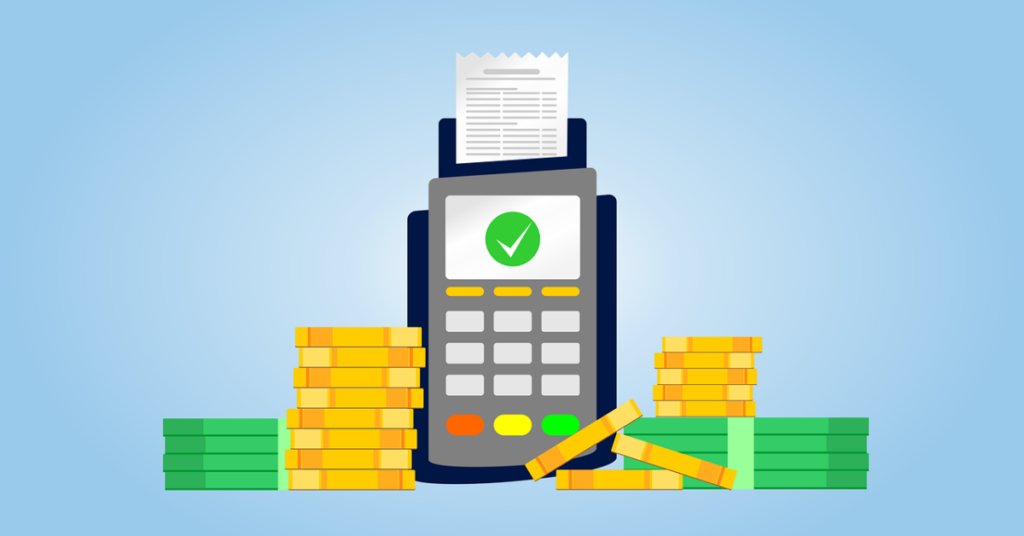Financial obligations, particularly debt, are a major challenge for many individuals today. Ranging from credit card balances and student loans to car loans, these debts can quickly become unmanageable. However, there is a positive outlook: by implementing effective strategies and exercising self-discipline, paying off these debts can be more achievable than one might expect. This comprehensive guide will explore reliable methods to reduce debt, restore financial stability, and pave the way to wealth accumulation.
Uncovering Your Financial Responsibilities

To manage your debt, the first step is to assess your financial situation. Start by making a comprehensive list of all your debts, such as credit card balances, personal loans, and any other obligations you may have. For each debt, create a document that includes the total amount owed, the interest rate, and the minimum payment required. This detailed overview acts as your roadmap. By doing this, you’ll identify which debts have the highest interest rates and which ones you can pay off more quickly. Taking these steps will empower you to take control of your financial future.
Your Path to Debt Freedom

Once you’ve evaluated your overall debt situation, the next crucial step is to manage your cash flow wisely. Many people often overlook how much they spend on things like dining out, subscription services, and impulse purchases. To better understand your financial habits, try tracking your income and expenses for a month. By cutting back on non-essential items, such as streaming services or frequent takeout, you can redirect that money toward paying off your debt. Creating a detailed budget can help you identify areas where you can save, allowing you to free up extra funds and expedite your debt repayment process.
Your Perfect Debt Solution

When managing debt, two popular strategies are the Debt Snowball Method and the Debt Avalanche Method. The Debt Snowball Strategy emphasises tackling the smallest debts initially, allowing individuals to experience quick victories that help build motivation. In contrast, the Debt Avalanche Method prioritises paying off debts with the highest interest rates to save money on interest over time. Both methods have their advantages, so it’s important to choose one that best fits your personal motivation and circumstances.
Mastering Interest Rates on Credit Cards

High interest rates, especially on credit cards over 20%, can delay debt repayment. To combat this, try negotiating for a lower rate with your credit card company, as they may be willing to help. Another option is transferring your balance to a card offering 0% APR for 12 to 18 months, which allows you to pay down debt without accruing interest. If you have student loans, consider refinancing for a better rate, enabling you to direct more payments toward the principal and pay off debt more quickly.
Strategies for Accelerating Debt Repayment

Managing your finances isn’t just about cutting back on expenses; it’s also about finding ways to boost your income. If you can earn an extra $500 to $1,000 every month, that could really speed up your journey to being debt-free. Many folks in the U.S. are taking on side gigs to make some extra cash. This could be anything from freelance work and rideshare driving to food deliveries, selling stuff online, or tutoring. What’s crucial is that you funnel all of that extra money directly into paying off your debt rather than using it to upgrade your lifestyle. Every dollar you contribute helps bring you one step closer to financial freedom.
Maximizing Financial Stability Through Automatic Payments

A great way to manage and reduce debt is by establishing a consistent payment routine. Setting up automatic payments ensures you never miss a due date, protecting your credit score and avoiding late fees. Aim to cover at least the minimum payment for all your debts through these transfers. Whenever you receive unexpected income, like a tax refund or bonus, consider directing that toward your debt. Setting up automated payments can help you avoid the temptation to spend that money in other areas, helping you stay focused on achieving your financial objectives.
Transforming Everyday Savings into Debt Payments

To boost your debt repayment, consider making small lifestyle changes. Skip that $6 coffee and apply the savings toward your debt, or sell unused items around your home and use the money for your balance. If you receive a tax refund or stimulus payment, put it directly toward your debt rather than spending it. While these small changes may seem insignificant, they can make a big difference over time when combined with your regular payments.
Staying Inspired While Tackling Debt

Tackling debt can feel like a long journey, so it’s essential to celebrate your achievements along the way to stay inspired. Break your goals into smaller targets, like eliminating a specific credit card balance, lowering your total debt by $5,000, or reaching a halfway point toward being debt-free. Treat yourself in budget-friendly ways—perhaps with a homemade dinner, a scenic hike, or quality family time. Connecting with online support groups can offer motivation and a sense of accountability. Plus, keeping track of your progress can reinforce that every payment is a step forward, helping you maintain your momentum.
Conclusion

Overcoming debt can feel overwhelming, but with a well-structured plan, it is absolutely possible to manage and eliminate it. Start by analyzing your debts, setting a budget, and picking a repayment method that works for you. Consider negotiating lower interest rates or finding ways to boost your income. Consistency is key! Many people have transformed their financial situations from overwhelming debt to financial freedom, and you can too. The earlier you begin, the sooner you can redirect those funds toward savings and investing for a brighter future.
